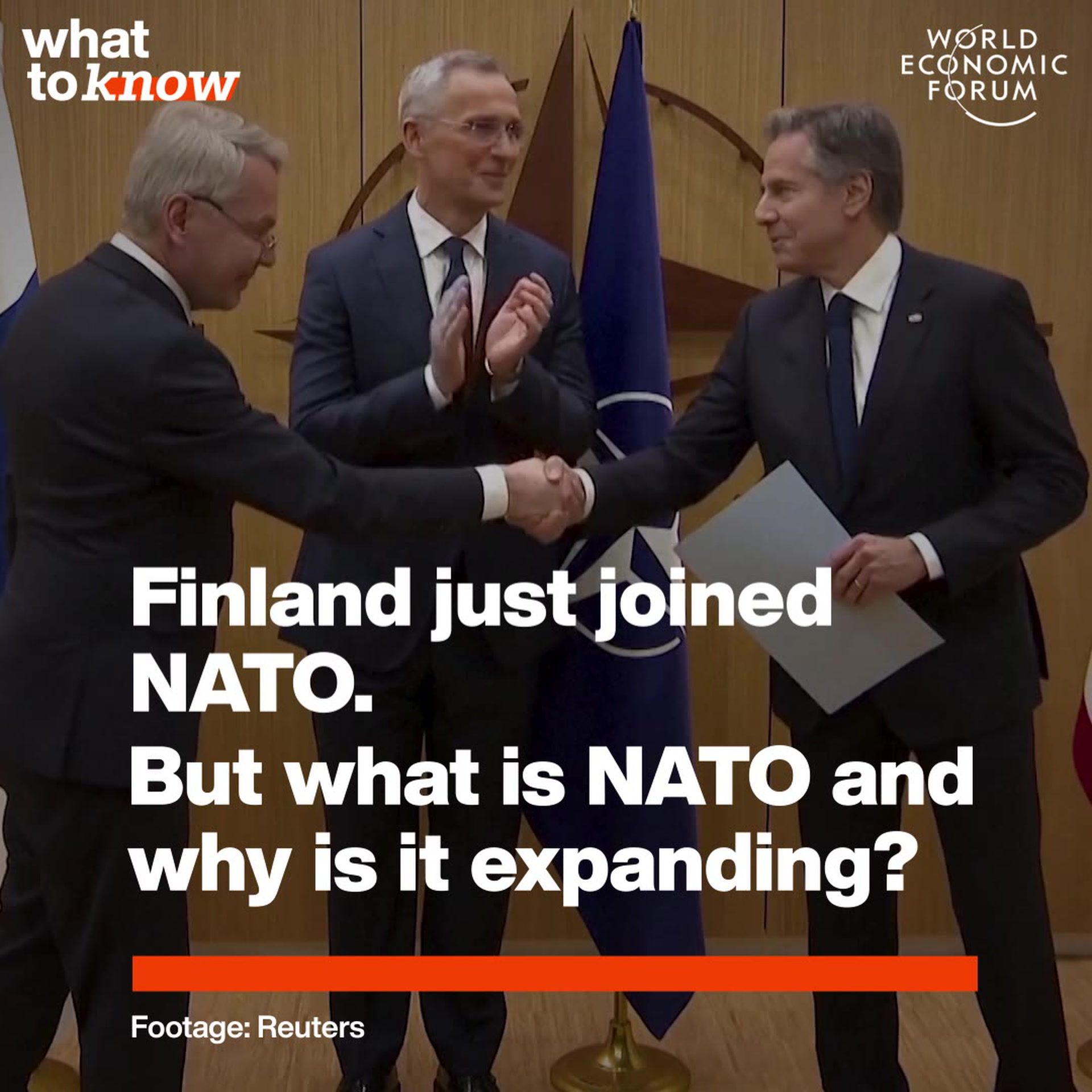Why fighting organized crime can unlock peace in conflict zones

Image: REUTERS/John Vizcaino

Get involved with our crowdsourced digital platform to deliver impact at scale
Stay up to date:
International Security
This article is part of the World Economic Forum's Geostrategy platform
Transnational organized crime (TOC) is a widespread phenomenon that leaves no region untouched.
Illegal trafficking—TOC’s most lucrative manifestation—has taken multiple forms, ranging from the most traditional trade in narcotics and weapons to smuggling counterfeited medicines and endangered wildlife.
As these illicit flows cut across multiple national borders, they become interconnected with local security, political, social, and economic dynamics. At times, they are so embedded that the line between licit and illicit is significantly blurred. The same applies when TOC intersects with conflict situations.
There is now abundant research and evidence pointing to the complex relationship between crime and conflict.
Scanning the evidence gathered by a wide array of practitioners, academics, and international organizations confirms the profound impact that illicit trafficking has on conflict and fragile settings, placing this challenge on par with terrorism and civil war.
Understanding this relationship is key to preventing conflict, as well as to facilitating the end of conflict and sustaining peace after hostilities end. Importantly, one should refrain from taking a simplistic approach: the jury is still out on which of the two phenomena—crime or conflict—causes the other.
Many case studies, from Afghanistan to Mali, show that illicit trafficking predates conflict and is made possible by state weakness. Yet once a conflict starts, it is the presence of illicit economies—and in these specific instances, lucrative drug and cigarette smuggling networks—that emboldens the armed groups that are party to the conflict.

By sustaining those groups (and, at times, the corrupt government officials who have become involved in illicit activities), crime and its proceeds extend the duration of conflict itself even when the ideological motivations may have died out—for example, in the case of FARC, Colombia’s left-wing guerrillas-turned-drug traffickers.
Additionally, the breakdown of law and order usually associated with a conflict situation creates an even more permissive environment for illicit activities to thrive, and corruption is further tolerated.
Starting from that assumption, one could even argue that conflict itself is “criminogenic,” as hinted at in the 2011 World Development Report. Conflict generates crime by providing fertile ground characterized by weak governance and insecurity, as well as by presenting opportunities for criminals to exploit. These can include, for example, procuring goods whose supply chain had been disrupted or halted as a result of the violence, or preying on large numbers of displaced civilians who wish to be smuggled to safety.
As part of this more nuanced analysis, it should be acknowledged that trafficking can have a positive, albeit short-term, impact. For instance, in fragile settings that lack concrete economic opportunities or reliable service provision, illicit economies become the population’s only source of sustenance.
Fighting those criminal activities without instituting sustainable alternatives would further undermine the welfare of locals, increase discontent, and even result in tensions.
A number of ongoing conflicts are prolonged and recurring. Countries such as the Central African Republic, the Democratic Republic of Congo, and Iraq are victims of an almost perpetual in-and-out-of-conflict pattern. Whereas a number of factors are behind this unfortunate trend, evidence shows that crime can act as a spoiler of peace. Understanding its impact on post-conflict settings is crucial to prevent a conflict from re-erupting and to end the cycle of violence and fragility.
Moreover, lasting peace requires taking criminal agendas into account in the course of peace negotiations to limit the risk that criminal actors and interests will undermine the implementation and sustainability of peace.
It is clear that TOC and illicit trafficking have become deeply embedded across a number of regions, and interact with conflict and warring parties in multiple ways that are often mutually reinforcing.
Ignoring the role and impact of criminal activities while designing conflict-prevention mechanisms would no doubt be a short-sighted approach that risks undermining the overall peace effort.
Illicit trafficking and conflict: A chicken-and-egg situation?, Virginia Comolli, Senior Fellow for Security and Development, the International Institute for Strategic Studies
Don't miss any update on this topic
Create a free account and access your personalized content collection with our latest publications and analyses.
License and Republishing
World Economic Forum articles may be republished in accordance with the Creative Commons Attribution-NonCommercial-NoDerivatives 4.0 International Public License, and in accordance with our Terms of Use.
The views expressed in this article are those of the author alone and not the World Economic Forum.
The Agenda Weekly
A weekly update of the most important issues driving the global agenda
You can unsubscribe at any time using the link in our emails. For more details, review our privacy policy.
More on International SecuritySee all
Kate Whiting
April 4, 2024
Spencer Feingold and Joe Myers
January 15, 2024
Anna Bjerde and Filippo Grandi
December 15, 2023
John Letzing
December 13, 2023
Joe Myers
August 18, 2023






